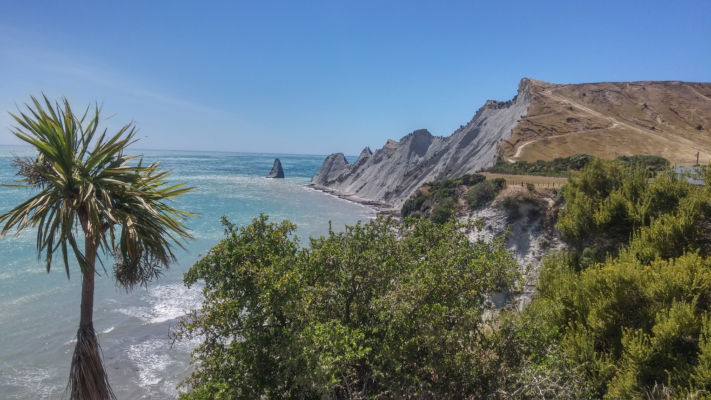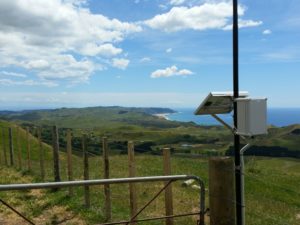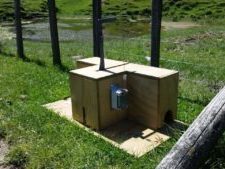We can do island eradications. We’re the world’s best at it. Mainland, regional-scale predator control is one of the next big predator-free challenges and a key part of that challenge is getting every landholder behind the project.
What happens if some landholders don’t want to be involved? Will their inaction jeopardise the project? Just how much buy-in is needed for regional predator control programmes to be effective?

The Hawke’s Bay region is leading the way with its ‘Cape to City’ project – a joint initiative between the Hawke’s Bay Regional Council, the Cape Sanctuary, Maungaharuru Tangitu, DOC, Landcare Research and local landowners to control predators across more than 26,000 hectares. As one of the first projects in New Zealand to scale-up biodiversity restoration and predator control it also provides a great opportunity for researchers to study how such landscape scale projects work.
In a paper just published, A. S. Glen, M. C. Latham, D. Anderson, C. Leckie, R. Niemiec, R. P. Pech and A. E. Byrom, researchers from Landcare Research, Stanford University and the Hawke’s Bay Regional Council, investigated how such a project is affected by non-participating landholders.

“The Cape to City area comprises 163 properties ranging in size from 1.5 to 2033 ha (mean = 189 ha). These include sheep and cattle farms, orchards, vineyards and residential ‘lifestyle’ properties. There are also fragments of native vegetation, exotic timber plantations and some small conservation reserves that collectively cover approximately 8 % of the Cape to City area.
The researchers developed a model to investigate various participation scenarios.
“We developed a spatially explicit model to estimate the effects of varying levels of landholder participation in landscape-scale programs to control invasive predators. We demonstrate the use of this model with a case study from the North Island of New Zealand in which the results of predator control are projected over a 6 year period. Under various scenarios for landholder participation, we estimated how the participation rate, and size and location of non-participating properties, would influence effectiveness of predator trapping.”
The researchers also looked at how traps were deployed and whether additional trap deployment along the borders with non-participating landholders was sufficient to off-set the reinvasion threat from those properties.
The good news is, a few small non-participating landowners would seem to have little effect on the overall success of the control project and measures such as trap-placement can offset the effect of a large landowner who chooses not to control predators.

“Under all modelled scenarios, predator populations remained below pre-control levels throughout the 6 years. Non-participation by owners of small properties (≤25 ha) had a negligible effect on the efficacy of predator control. If owners of large properties (>800 ha) failed to participate, reinvasion by predators from these properties reduced the efficacy of control; however, this could be largely offset by placing additional traps on the nearest participating properties. Predator control will thus be effective even if some landholders choose not to participate.”
It’s good to know – particularly since previous research quoted by the authors has shown that the willingness of landowners to take part can be affected by their expectation that the project will be successful.
“Landholders’ decisions to engage in control efforts may be influenced by the perceived value of reducing invasive species populations, the perceived difficulty and cost of engaging in control actions, their personal ability to take effective action, and the perceived likelihood that widespread control efforts will be successful.”
Knowing that one recalcitrant neighbour won’t jeopardise the work you’re doing, should help encourage most landowners that taking part is worthwhile. In addition, having neighbours who support the project can have a positive influence, helping to persuade others to make the effort.
“Landowners may be influenced especially by their neighbours’ actions, as normative influences are important predictors of pro-environmental behaviour. The actions of neighbours may influence behaviour by indicating the potential for social rewards for engaging, or penalties for not engaging, in invasive predator control.”
The full article is published in Biological Invasions. Only the abstract is freely available.
Readers without institutional access to journals may be able to access the full article for free through Researchgate.

